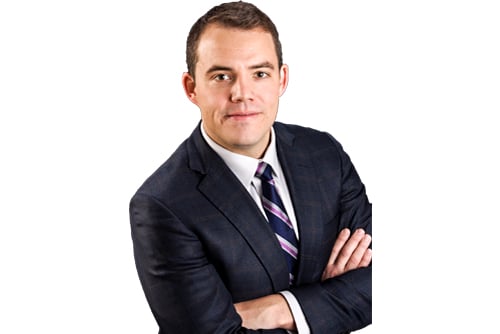

In today’s heavily litigious commercial auto environment, accident claimants are heading to court to seek damages from as many sources as possible. While the at-fault driver remains the prime target of a claim, if that driver was carrying out a work errand at the time of the incident, the employer who charged the driver with that errand can also be sued for liability. That’s why it’s vitally important for businesses with any sort of auto exposure to purchase hired and non-owned auto (HNOA) insurance.
The HNOA space has evolved in recent years due to pressures in the wider commercial auto insurance market, according to Michael Schafer, senior vice president at Risk Placement Services (RPS), which offers a comprehensive nationwide HNOA product for hard-to-place risks. Increasing frequency and severity of commercial auto losses has driven some carriers to become more cautious about HNOA. Whereas HNOA used to be a standard inclusion in commercial auto insurance policies, some markets are now choosing to exclude the coverage completely.
“A lot of carriers used to include HNOA in their commercial auto policies for a nominal charge. However, with loss development creeping up and higher court verdicts, the carriers are becoming a lot leerier about including HNOA in general,” Schafer (pictured) told Insurance Business. “They really want to get their arms around what the exposure actually is, and the more some have done that, the more they’ve realized some companies have huge exposures.”
HNOA insurance is probably most associated with food delivery, courier and catering services. Restaurants with staff delivering food using a personal vehicle, whether the staff member is an employee or independent contractor, have an HNOA exposure. Furthermore, food couriers - those who pick up food from multiple restaurants and then deliver - are becoming a popular service across the nation and must be covered whether the delivery person is an employee or an independent contractor.
It’s not just food delivery services that have HNOA exposures, either. It runs the gamut from pizza delivery, to home healthcare providers, to professional services and consultancy firms who require employees to use their own vehicles or hired vehicles for business travel. The severity of the HNOA exposure depends a lot on the type of business and their average driver profile. For example, if it’s a pizza delivery company with 30 young and inexperienced drivers, the HNOA risk is going to be higher than a professional services firm with three executives who use hired vehicles to attend business meetings.
“In most circumstances, if a driver gets into an accident, their personal auto policy would be the primary policy in the claim. So, if a pizza delivery driver gets into a fender bender, he would submit the claim to his personal auto insurer,” explained Schafer. “Most companies who require employees to use their own vehicles will make their drivers contact their insurance agents to confirm their personal auto policies will respond if they get into an accident in the course of doing business.
“However, the limits on a personal auto policy are usually pretty small compared to a commercial auto policy. Those limits can be exhausted quite quickly, and, in some cases, the insurance company might turn around and say: ‘Sorry, you were driving for X pizza delivery company at the time of the accident, so we’re not going to pick up this claim. You’re on their dime.’ That’s where the HNOA policy would come into play - if a claimant named a company in a suit.”
There are numerous risk management steps companies can take to reduce their HNOA exposures. Lots of carriers require companies to carry out bi-annual motor vehicle record checks to ensure that their employees’ have no major driving infractions. The carriers then have guidelines for the companies to follow as to who is an acceptable driver based on those motor vehicle records. Companies can also enforce age requirements, driving experience requirements, and so on.
“Telematics technology is also starting to play more into it,” Schafer added. “Today, we’re able to get real-time feedback on how employees are driving. Are they braking too fast? Are they speeding? Are they being aggressive? There are companies out there that can provide actual scores for how well drivers are driving. Of course, there are costs associated with implementing a telematics strategy, but it’s definitely a good risk management technique if a business wants to go down that road. It can also be a way to incentivize drivers. Lots of companies have created reward programs [sometimes based off telematics data] to incentivize drivers to make sure they’re careful on the roads, and, ultimately, to mitigate losses.”
